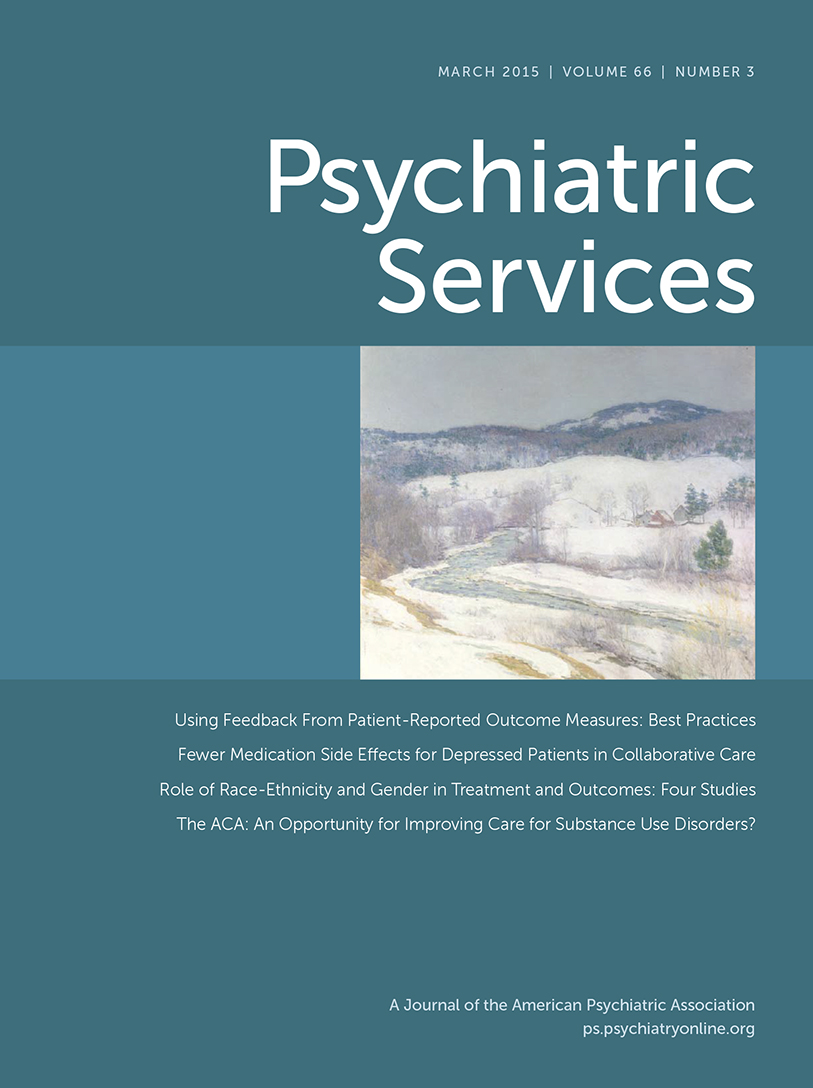Medications for Maltreated Children: Wrong Conclusions? In Reply
In Reply: We respectfully disagree with Dr. Masters’ characterization of our study. In the article, we merely reported the pharmacological drivers of Medicaid expenditures in our sample, and we were careful to distance our results from any language that implies clinical appropriateness. “Overprescribing” is predicated on a clinical conclusion about the quality of care. As services researchers, we cannot discuss appropriateness because we lacked clinical information about our participants that would have permitted us to make such statements. The fact that there was increased spending on antidepressants and antimanic drugs is a pharmacoeconomic fact that is based on our data; it should not be interpreted as evidence of inappropriate use of these drugs.
The fact remains that Medicaid agencies experience considerable pressure to contain their spending, and drug spending has been a target of cost containment since the 1970s. Dr. Masters is right to emphasize the need for better forms of cost containment; many cost containment efforts have indeed produced mixed results (1,2). The statement in our article about “Focusing quality improvement and prior authorization programs . . .”, in context, was merely meant to suggest targets for such efforts, given that cost containment programs exist in all Medicaid programs. It was not an endorsement of any approach to cost containment. That would be a separate study.
We also agree with Dr. Masters’ call to enhance the full array of biobehavioral and psychosocial interventions for vulnerable children, and we have made this exact point in prior work (3). The last thing that child mental health services researchers would wish for is a reduction in resources to serve needy children. We fully endorse the need to devote greater resources to the care of such children, and we thank Dr. Masters for drawing our collective attention to this important issue.
1 : Medicaid cost containment and access to prescription drugs. Health Affairs 24:780–789, 2005Crossref, Google Scholar
2 : Unintended outcomes of Medicaid drug cost-containment policies on the chronically mentally ill. Journal of Clinical Psychiatry 64(suppl 17):19–22, 2003Medline, Google Scholar
3 : Racial/ethnic differences in Medicaid expenditures on psychotropic medications among maltreated children. Child Abuse and Neglect 38:1002–1010, 2014Crossref, Medline, Google Scholar



